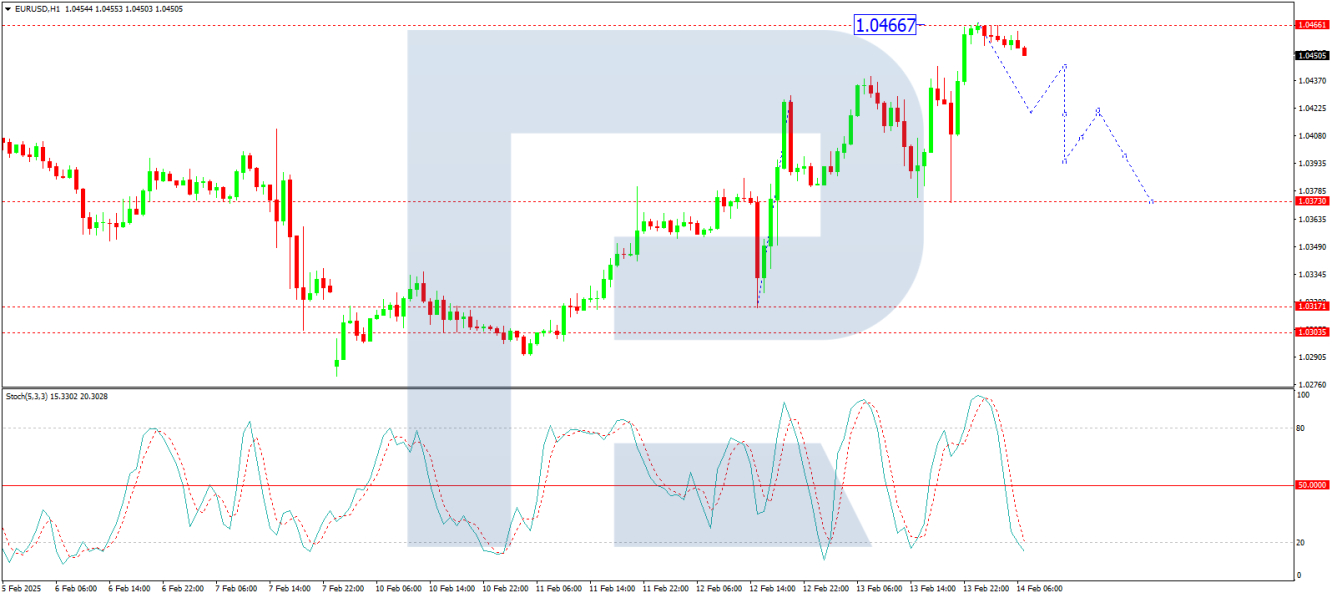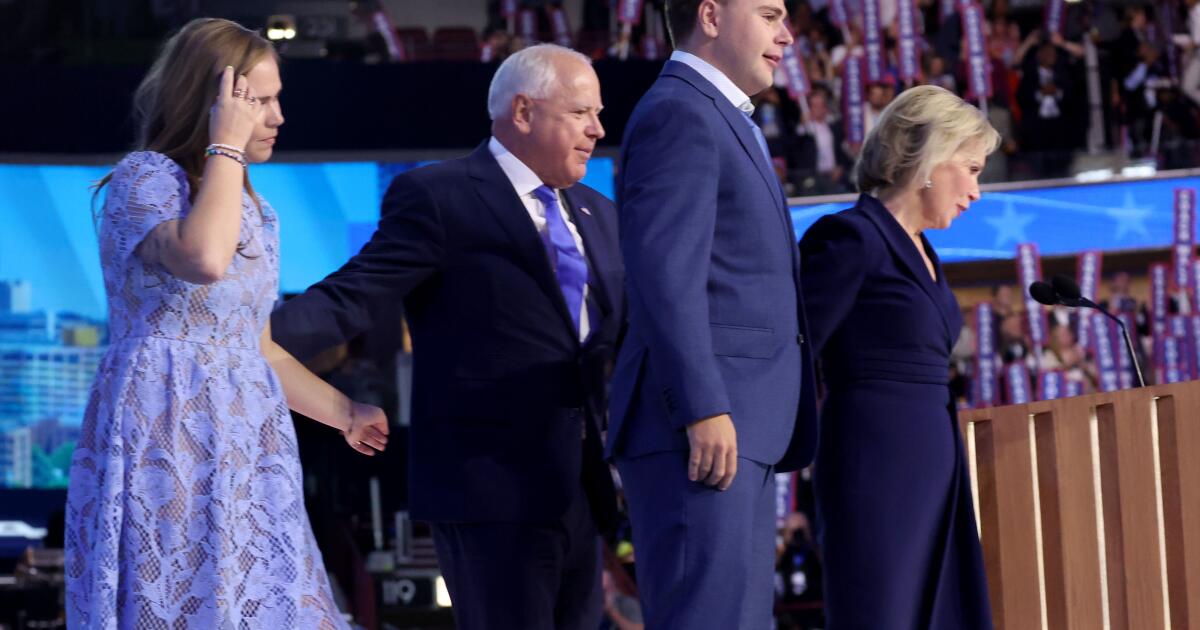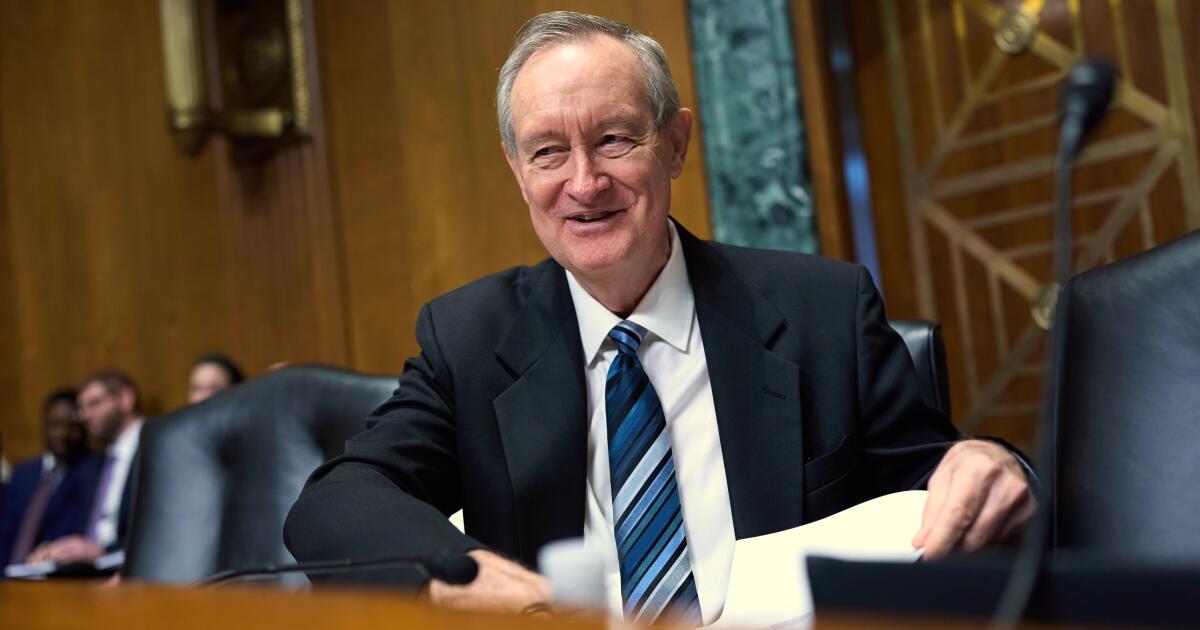He went up to 1,0453 on Friday, reaching a maximum of two weeks and maintaining stability.
Key drivers behind the EUR/USD movement
The earnings of the euro accelerated after the president of the United States, Donald Trump, signed a memorandum to review retaliation tasks without immediately imposing new rates. This decision relieved investors' concerns, reducing the fears of an aggressive response from the United States that could have increased to inflationary pressures. Without immediate commercial reprisals, the markets consider that the risks of inflation are stabilized, reducing uncertainty about the monetary policy of the Federal Reserve.
In addition, geopolitical tensions seem to be relieved, reducing the risk premium in the currency market and supporting even more EUR/USD.
However, there are doubts regarding the divergence of monetary policy between the Federal Reserve and the European Central Bank (ECB). While the Fed is still cautious, showing little urgency to reduce interest rates, the ECB is actively considering the cuts of fees. This policy mismatch is expected to weigh in the euro in the long term.
EUR/USD technical analysis
In Figure H4, EUR/USD extended its growth wave towards 1,0466 before forming a consolidation range below this level. The pair has now broken down from this range, opening the potential of a decrease towards 1,0372. Once this objective is achieved, a corrective movement towards 1,0416 is likely. The MACD indicator supports this scenario, with its signal line at high levels, which suggests an imminent setback to lower minimums.
In Table H1, EUR/USD completed its growth wave at 1,0466 and is now consolidating in a narrow range. A break down is expected, initially aimed at 1,0420, followed by a possible correction towards 1,0444. In the long term, another wave will probably develop down, aimed at 1,0394 and extending to 1,0372. The stochastic oscillator confirms this bearish perspective, with its signal line placed below 50 and with a tendency towards 20, indicating a growing downward pressure.
Conclusion
While EUR/USD has won the reduced risks of the commercial war and the stabilization of inflation fears, the couple now faces a short -term correction. The divergence of monetary policy between the FED and the ECB remains a key factor that could limit more uprising of the euro. Technically, it is likely that a setback towards 1,0372 be short -term, with possible corrective rebounds towards 1,0416 and 1,0444 before the next wave down. Market participants will continue to monitor the updates of the United States commercial policy and Fed rates expectations for additional address.
By analytical department of Roboforex
Discharge of responsibility
Any forecast contained in this document is based on the author's particular opinion. This analysis may not be treated as commercial advice. Roboforex has no responsibility for commercial results based on commercial recommendations and reviews contained in this document.












